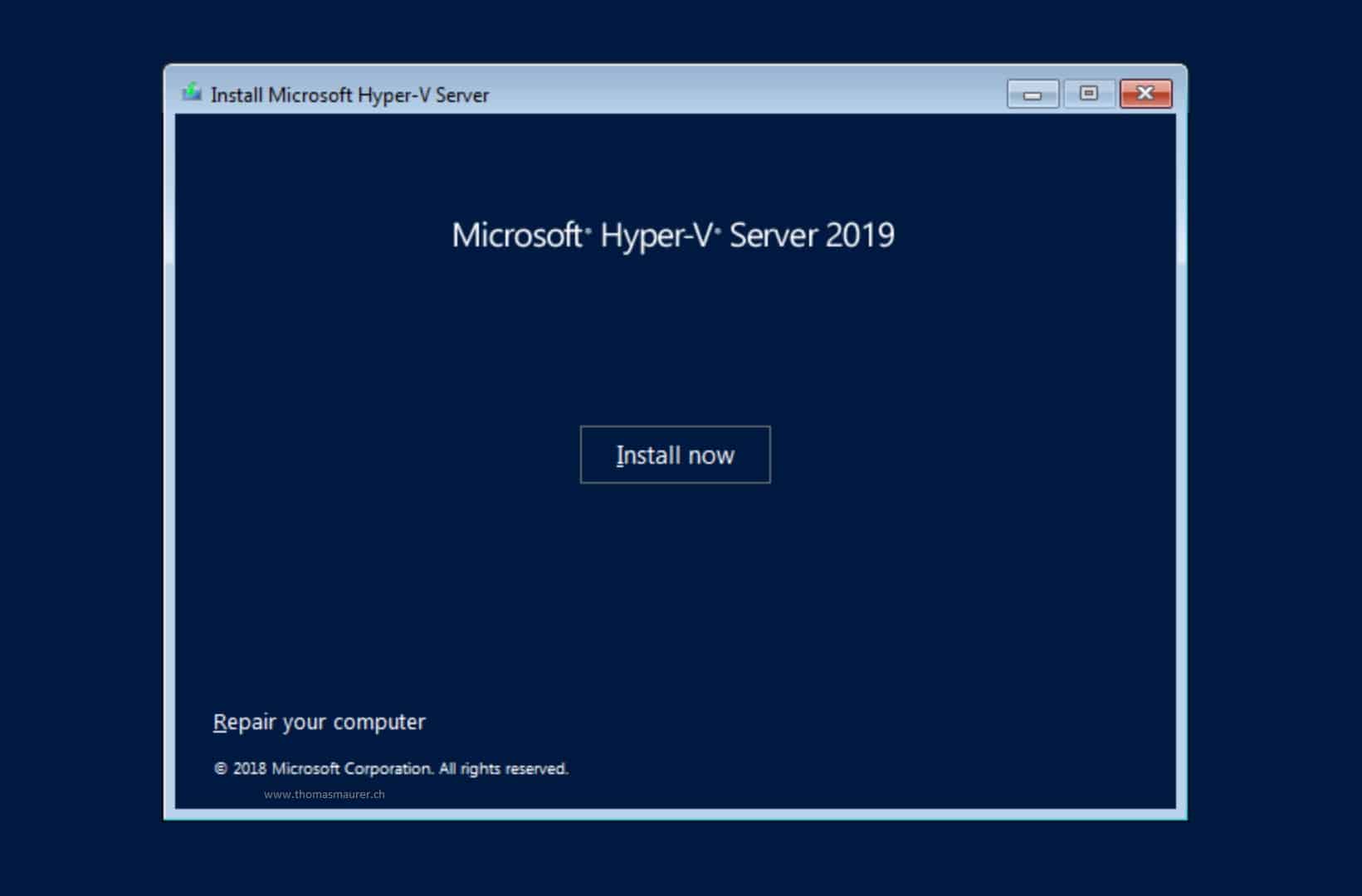

- #How to enable hyper v windows 7 how to#
- #How to enable hyper v windows 7 install#
- #How to enable hyper v windows 7 windows 10#
- #How to enable hyper v windows 7 pro#
- #How to enable hyper v windows 7 Offline#
The Windows OS does not allow setting removable drive types offline, such as USB thumb drives or memory cards.
#How to enable hyper v windows 7 Offline#
For this reason, you’ll need to set the USB drive offline on the host first before you can enable it for Hyper-V USB passthrough access. The host and the VM cannot have simultaneous access to the USB drive.
#How to enable hyper v windows 7 how to#
Related: How To Manage Hyper-V Host From A Non-Domain Windows Client Setting the USB Drive Offline on the Host You want to control which USB storage devices are available to anyone who logs in to the Hyper-V VM.No other USB device types are compatible with server-side Hyper-V USB passthrough access. You only require access to non-removable USB mass storage devices.The Hyper-V VM guest OS is either Windows or Linux.This USB passthrough access method is appropriate if: In turn, the Hyper-V VM should have access to the USB device as if the device is directly connected to the VM. In a nutshell, the Server-Side Hyper-V USB passthrough means that you’ll be attaching a USB device to the Hyper-V host. Related: Getting Started Guide to Managing Hyper-V VMs with PowerShell Enabling Server-Side Hyper-V USB Passthrough Access This tutorial will be using an external USB hard drive and a USB flash drive. One or more USB storage devices that you’ve already attached to the computer.Also, this guide assumes that you’ve already started your VM. A Hyper-V virtual machine (VM) – The examples in this tutorial will be using a Windows Server 2016 VM named ATAWIN2016-1.
#How to enable hyper v windows 7 windows 10#


#How to enable hyper v windows 7 install#
Optionally we can specifically specify the submodules we want to install like the GUI Management tool, Hyper-V Services, etc. We will see a screen like below which will list the Windows features. Open Windows Features To Install/Enable Hyper-V We will type windows features into the start menu where the Windows Features app will be listed below.

We can also use the Windows Features GUI tool in order to install/enable the Hyper-V. PS> DISM /Online /Enable-Feature /All /FeatureName:Microsoft-Hyper-V Enable/Install Hyper-V using DISM via Command Line Enable/Install Hyper-V using Windows Features We can use PowerShell or MS-DOS without a problem. We will open the command line with Administrative rights which is explained in the previous part. Hyper-V feature can be installed by using DISM or Deployment Image Servicing and Management tool. Reboot System To Complete Hyper-V Installation Enable/Install Hyper-V using DISM via Command Line In order to use Hyper-V, we will reboot the system by simply typing Y for yes and enter. When the Hyper-V module or feature installation is complete we will see the following screen which simply asks us to reboot the system. Then we will click to the Run as Administrator with Administrator rights. So we will open the PowerShell as Administrator.įrom the start menu, we will just type powershell which will list the windows PowerShell shortcut like below. This cmdlet requires Administrative rights like Administrator login. We will use Enable-WindowsOptionalFeature PowerShell cmdlet. We will install the Hyper-V as a Windows optional feature which is named Microsoft-Hyper-V. Perhaps the easiest way to install Hyper-V is using the PowerShell command with PowerShell command-line interface.
#How to enable hyper v windows 7 pro#
Windows 10 Enterprise, Pro or Education or Windows Server 2012 and later.Also at least 4 GB memory should be provided by the system. VT-d also supported by most of the modern CPUs. CPU should provide the VM Monitor Mode Extension or VT-d or equivalent for AMD. But SLAT is provided with most of the modern CPUs. Hyper-V also requires 64 processors with the 64-bit operating system where Second Level Address Translation simply SLAT is available. First of all, Hyper-V cannot be install on Windows 10 Home edition which means it should be upgraded into higher versions like Enterprise, Pro or Education. In order to install or enable Hyper-V, there are some requirements to meet. Prerequirements To Enable/Install Hyper-V Hyper-V is also an alternative for other virtualization products and technologies like VMware, VirtualBox, Linux KVM, Citrix, etc. Hyper-V provides to create, run, delete, revert virtual systems, machines, environments. Hyper-V is a virtualization technology that is created by Microsoft.


 0 kommentar(er)
0 kommentar(er)
